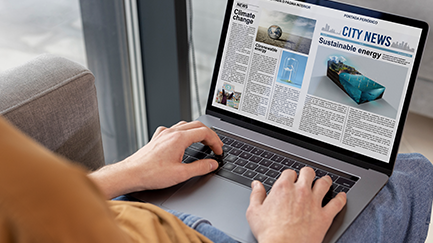In a previous article, we explored chronic pain, common forms and how exercise can reduce the severity of pain. In this article, we discuss how movement patterns can be affected by chronic pain, how to overcome fear and what we can do to reduce our avoidance of movement.
What are protective movements and patterns?
When we experience acute pain, like spraining an ankle, our body will naturally tense up and limit movement in an attempt to avoid further injury and reduce our experience of pain.
When we experience pain, we may start to avoid actions which we believe will cause us further pain. We adopt these “protective behaviours” to protect ourselves from pain, or to avoid additional damage, however, this can further restrict our movement. In turn, this behaviour can begin to impact the treatment required for the injured area.
For example, an individual may avoid the physical movements required for increasing strength or range of movement necessary for helpful treatment of the injured area. This response may be short lived, only lasting for a couple of days. However, if this limitation of movement continues, it can have a large impact on recovery.
It’s important to know that some pain is normal when recovering from injury or surgery and does not necessarily indicate that further damage is being caused. Once this is recognised, it becomes easier to retrain our brains and bodies into understanding that adaptive and increased movement is more beneficial for chronic pain than inactivity.
Adapting exercise to create more functional movement patterns
There are a number of ways to address protective patterns. These include muscle relaxation exercises, specific changes in posture, and the way certain movements are performed.
Gradual increases in physical loading, with the aim of increasing tolerance and building strength, is important to people who are getting back into exercise or who experience chronic pain. Sometimes this may involve ‘unloading’ first, through activities such as hydrotherapy. It is important to remember to gradually increase additional physical loads to help reduce the likelihood of further injury.
All exercises can be adapted to suit activity levels. If any type of exercise does not feel right, then it probably isn’t. It’s important not to push through pain during an exercise as it can reinforce unhelpful habits and movement patterns which can lead to further avoidance of that activity. It is more effective to modify an exercise to achieve the same outcome rather than avoid exercising that area altogether.
A qualified exercise physiologist (EP) can provide advice about how to make these changes in the context of work, sport, and recreational activities to help reduce chronic pain. EPs are trained in understanding and managing chronic pain and assisting with developing programs to suit the individual’s needs. Mates4Mates are here to provide you with a safe environment to engage in exercise. If you want to get started on an exercise program to help manage your chronic pain, get in touch with us today.
Written by Clinical Lead – Physical Recovery, Daniela Rossi.





